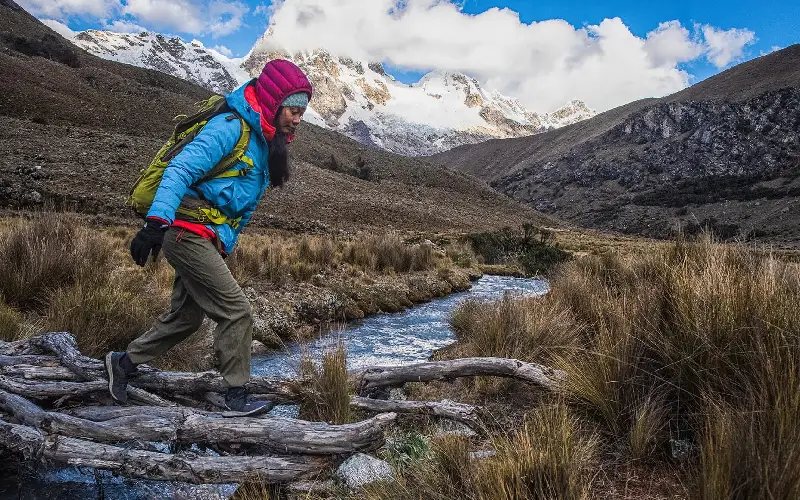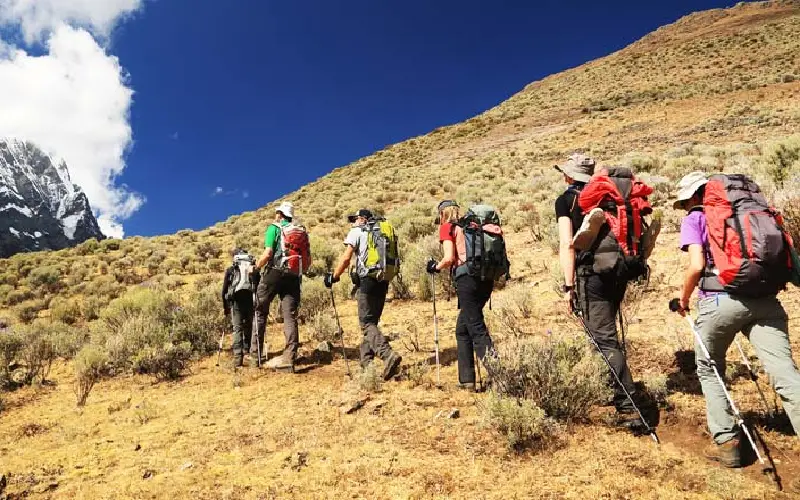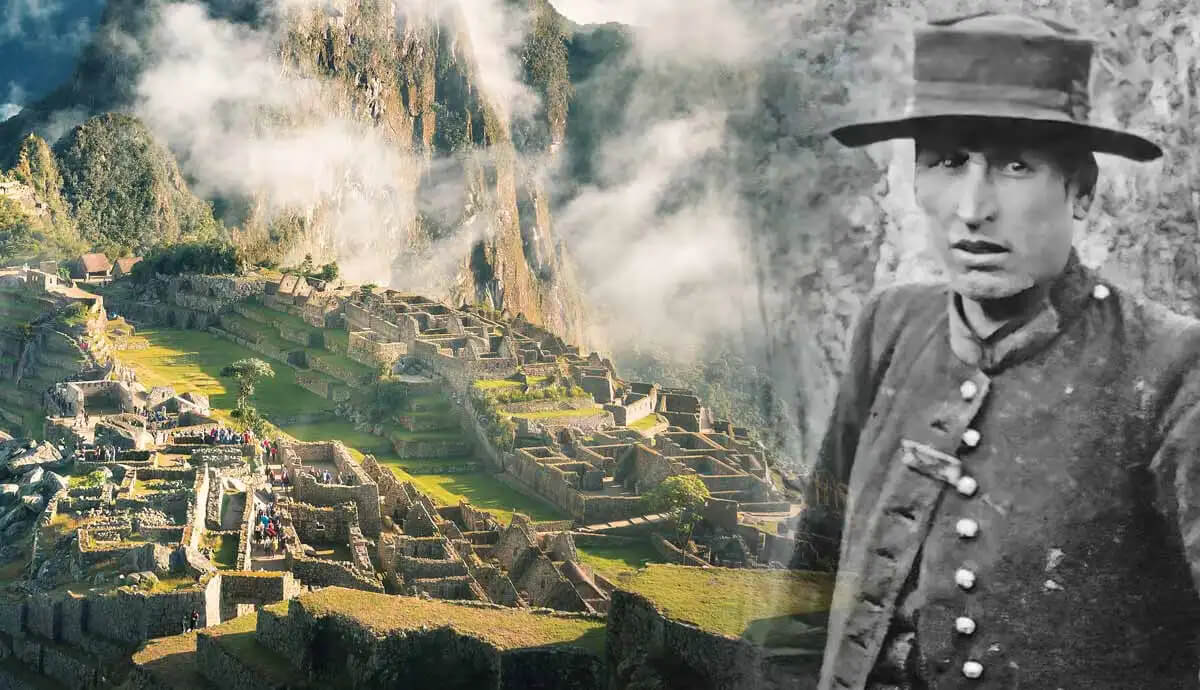When planning your dream adventure to Peru — whether it’s exploring the Sacred Valley, visiting Cusco, or hiking the iconic Inca Trail — it’s essential to consider your health at high elevations. Altitude sickness in Peru is a common challenge for travelers, especially when arriving from sea level to cities like Cusco (3,400 m / 11,150 ft) or Puno (3,800 m / 12,500 ft). Fortunately, with the right preparation, you can minimize its effects and fully enjoy your trip.
What Is Altitude Sickness?
Altitude sickness, or soroche as it’s known in Peru, occurs when your body struggles to adapt to reduced oxygen levels at high elevations. Symptoms may include headaches, nausea, dizziness, fatigue, shortness of breath, and trouble sleeping.
How to Prevent Altitude Sickness in Peru
Here are effective strategies to prepare before and during your trip:
1. Ascend Gradually
If possible, avoid flying directly to high-altitude cities. Consider spending a few days at a lower elevation like Arequipa or the Sacred Valley before heading to Cusco. Gradual acclimatization allows your body to adjust.
2. Stay Hydrated
Drink plenty of water before and during your stay in high-altitude areas. Dehydration can worsen symptoms of altitude sickness. Limit alcohol and caffeine intake, especially during your first days in Peru.
3. Take It Easy on Arrival
Plan your first 24–48 hours in Cusco or Puno for rest and light activities. Avoid intense hiking or excursions until your body has adapted. For example, if you’re preparing for the Machu Picchu Full Day Tour, give yourself at least two acclimatization days.
4. Try Coca Tea
Locals swear by coca tea (mate de coca) as a natural remedy for altitude sickness. This traditional drink is often offered in hotels and restaurants and helps improve circulation and oxygen uptake.
5. Eat Light and Often
High altitude can affect digestion. Opt for small, frequent meals rich in carbohydrates and avoid heavy or greasy foods. Soups, fruits, and vegetables are excellent options.
6. Consider Medication
Talk to your doctor before your trip about medications like acetazolamide (Diamox), which can help prevent or reduce altitude sickness symptoms. It’s especially recommended if you’re planning to hike the Inca Trail 2 Days.
7. Listen to Your Body
If symptoms persist or worsen (such as extreme shortness of breath, confusion, or inability to walk), seek medical help immediately. Altitude sickness can become serious if ignored.
Packing Essentials for High Altitudes
Prepare your luggage with altitude in mind. Here are some must-haves:
- Reusable water bottle
- Electrolyte tablets or powders
- Sunscreen and lip balm (UV rays are stronger at higher altitudes)
- Light snacks (nuts, energy bars)
- Warm layers (temperatures drop at night)
- Personal medication, including Diamox if prescribed
Destinations Where Altitude Is a Factor
Here are popular destinations where altitude sickness in Peru may affect your experience:
- Cusco – 3,400 m / 11,150 ft
- Sacred Valley – 2,800 m / 9,200 ft
- Machu Picchu – 2,430 m / 7,970 ft
- Lake Titicaca (Puno) – 3,800 m / 12,500 ft
- Dead Woman’s Pass on the Inca Trail – 4,215 m / 13,828 ft





